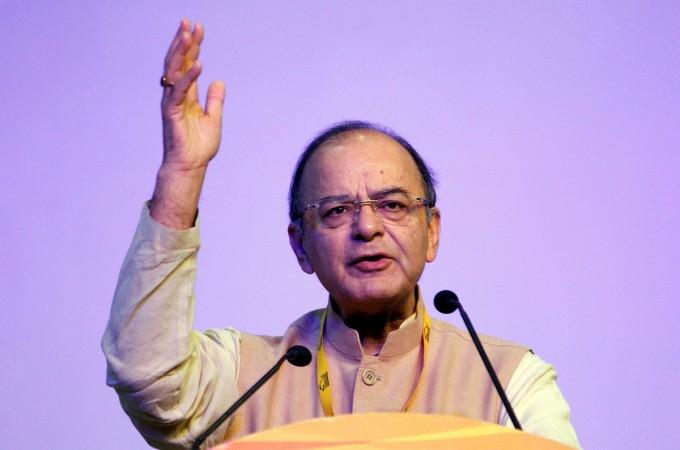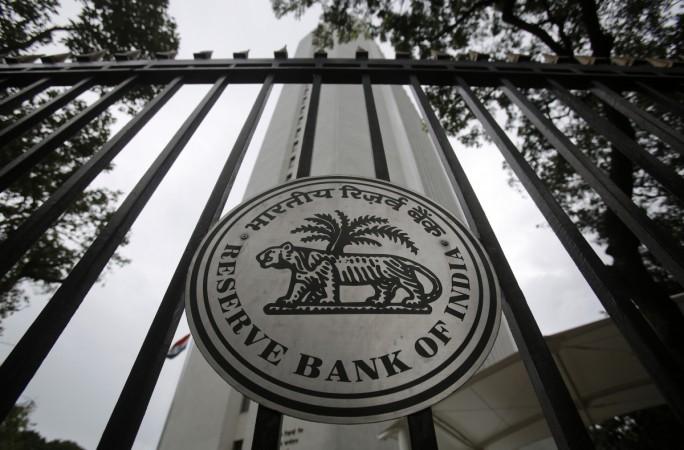
The finance ministry wants the Reserve Bank of India (RBI) to consider more steps to improve liquidity in the system, including reducing the amount of funds banks must set aside with it, a senior ministry official said on Tuesday, amid a bubbling credit crunch in the Indian shadow banking industry.
The RBI could also explore buying more bonds from the open market and open a special window for mutual funds to inject liquidity, the official told reporters.
Prime Minister Narendra Modi's government faces a new challenge that could derail growth at a time when surging fuel costs and a slumping rupee are buffeting the world's fastest growing major economy.

The RBI did not immediately respond to a request for comment on the proposed ideas. Late on Monday the RBI said it would buy 100 billion rupees ($1.38 billion) of government bonds via an open market operation, in a move to ease liquidity.
The finance ministry, RBI and India's markets regulator have this week all said they all are closely monitoring the liquidity crunch that has hit non-banking financial companies (NBFC), and they stand ready to intervene.
Investors have been unnerved by credit concerns that have engulfed one of the biggest NBFC names in India - Infrastructure Leasing & Financial Services (IL&FS) - which has this month defaulted on a series of its coupon payments and seen its debt downgraded by big rating agencies to junk from AAA, within a span of less than two months.
That, in turn, has sparked concerns around the viability of other NBFCs, leading to a sharp sell-off in the sector, higher borrowing costs for NBFCs, and growing fears of contagion.
Finance Minister Arun Jaitley at a press event on Tuesday said the government was watching the IL&FS situation closely.
"As far as the government is concerned, we are closely in touch with the situation and monitoring the situation," he said, adding banks were confident of maintaining liquidity for various sectors as required.
Earlier in the day, India's largest state-run insurer, Life Insurance Corp (LIC), which owns some 25 percent of IL&FS, also said it would not allow IL&FS to collapse.
Speaking with media on Tuesday, LIC Chairman V.K. Sharma said all options, including increasing LIC's stake in IL&FS, are open.
MARKETS MIXED
The reassurances from Sharma lifted shares in two of IL&FS's biggest listed-units IL&FS Transportation Networks and IL&FS Engineering & Construction Co. 6.26 percent and 10 percent, respectively.
This coupled with government assurances helped Indian equity markets snap a five-session losing streak and close nearly a percent higher on Tuesday, driven by gains in banks and other financial companies.
The benchmark 10-year bond yield rose one basis point to 8.13 percent on the day.
The partially convertible rupee, which is Asia's worst performing currency so far this year, also weakened further on the day to close at 72.7050, after slumping as low as 72.9650 per dollar early in trading on Tuesday.
Despite the assurances, analysts and investors remain wary of NBFCs and their prospects in the near-term.
"We are cautious on NBFCs that have grown asset-liability mismatches," warned Credit Suisse analyst Ashish Gupta in a note to clients on Monday, adding weaker NBFCs could see net interest margins squeezed given the rise in funding cost on the back of tightening liquidity and widening credit spreads.
Credit Suisse noted that yields on commercial paper issued by NBFCs have spiked 175 basis points in the aftermath of the IL&FS defaults.
The brokerage firm also estimates mutual funds currently own an estimated 60 percent of this commercial paper and may seek to trim their exposure in the current market environment.

















